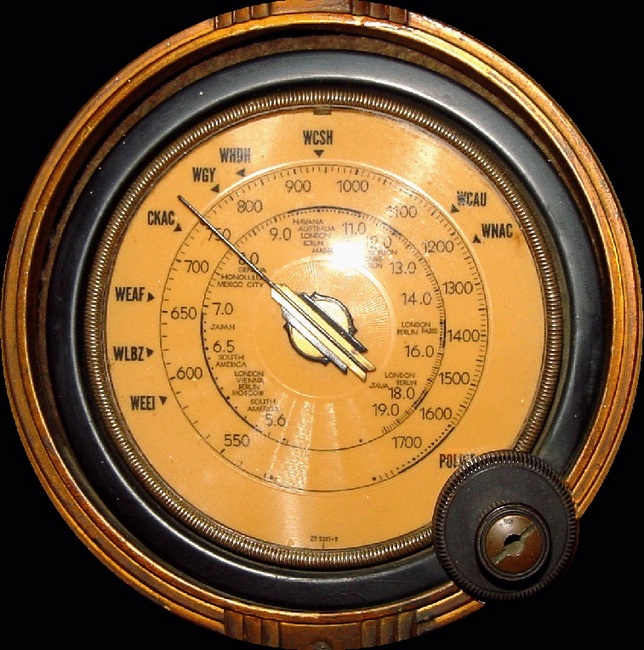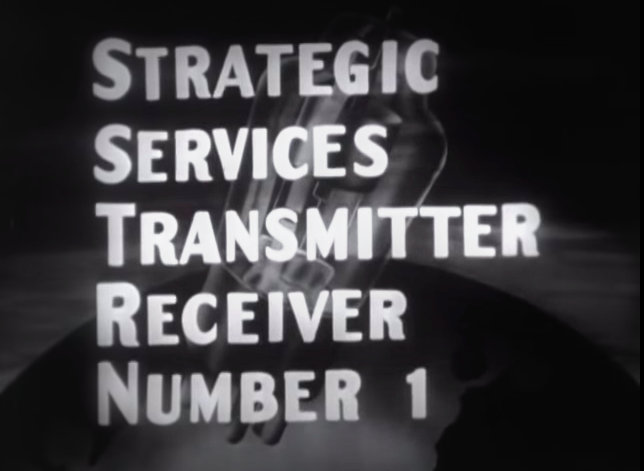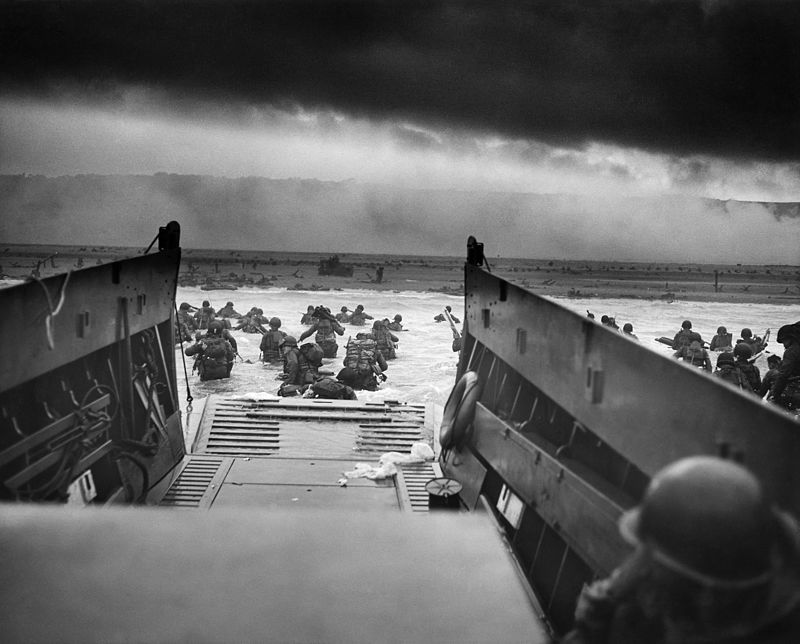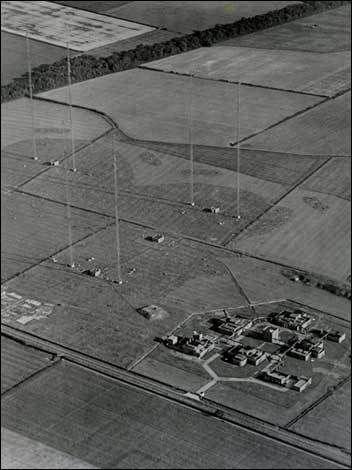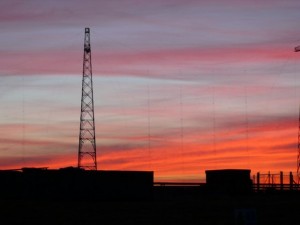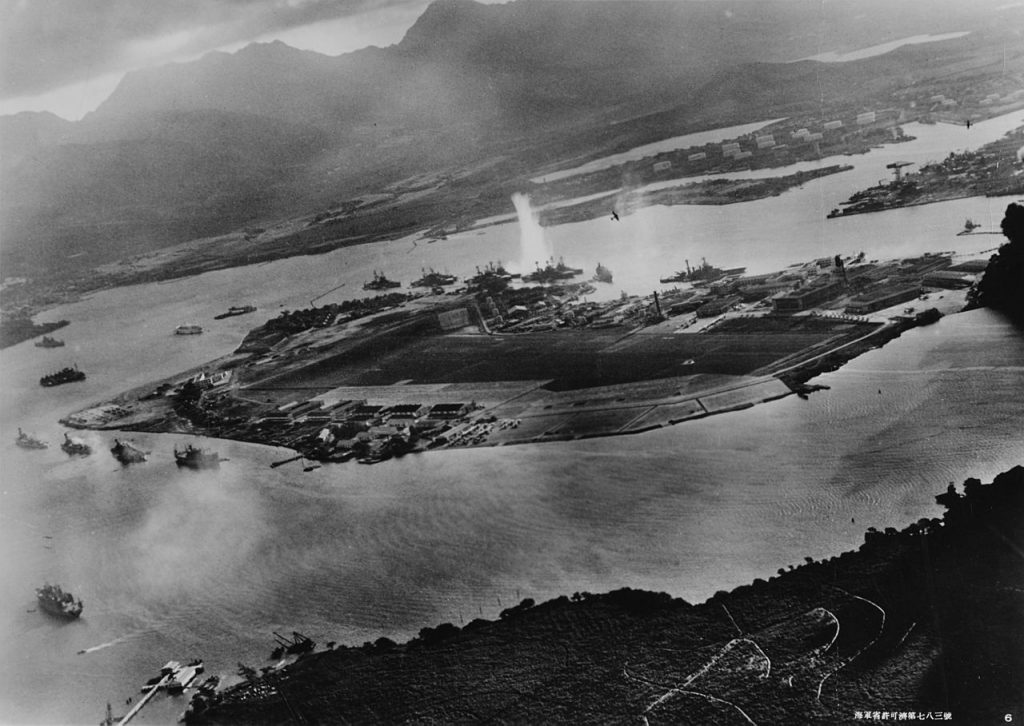
Photograph taken from a Japanese plane during the torpedo attack on ships moored on both sides of Ford Island shortly after the beginning of the Pearl Harbor attack. (Source: WikiMedia Commons, Public Domain)
Many thanks to SWLing Post contributor, Michael Guerin, who writes:
Interesting article from the US Naval Institute on the role of radio intelligence before and during the December 7 attack.
“The key to the success of the Japanese attack on Pearl Harbor-specifically, what enabled the Pearl Harbor Striking Force to reach its launch point undetected (and totally unsuspected) by the Americans-was Tokyo’s radio denial-and-deception actions. Significantly, these activities simply were not just a “bag of tricks” meant to bemuse U.S. naval radio intelligence. Rather, they constituted a function of the change in Japanese strategy and were meant to convince the Americans that there had been no change from defensive to offensive intentions.”
See “How the Japanese Did It”
http://m.usni.org/magazines/navalhistory/2009-12/how-japanese-did-it
Fascinating read! Thank you for sharing this bit of WWII history, Michael.

